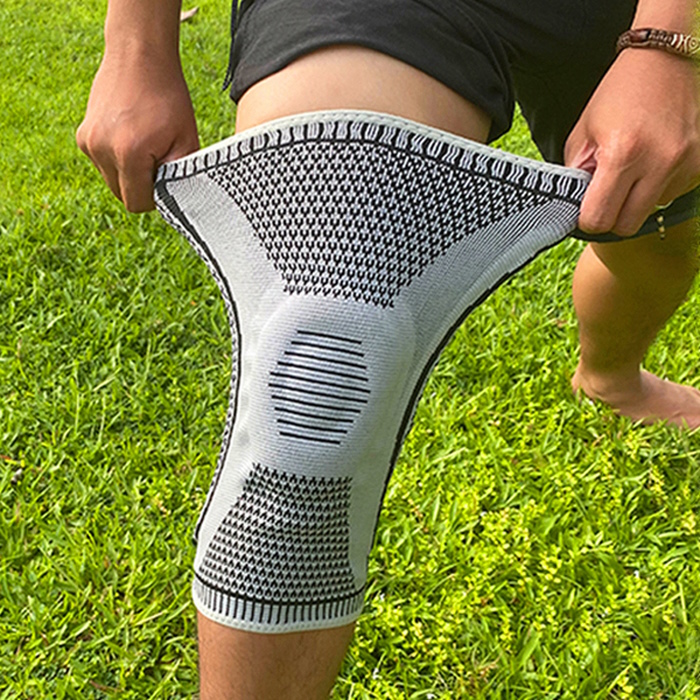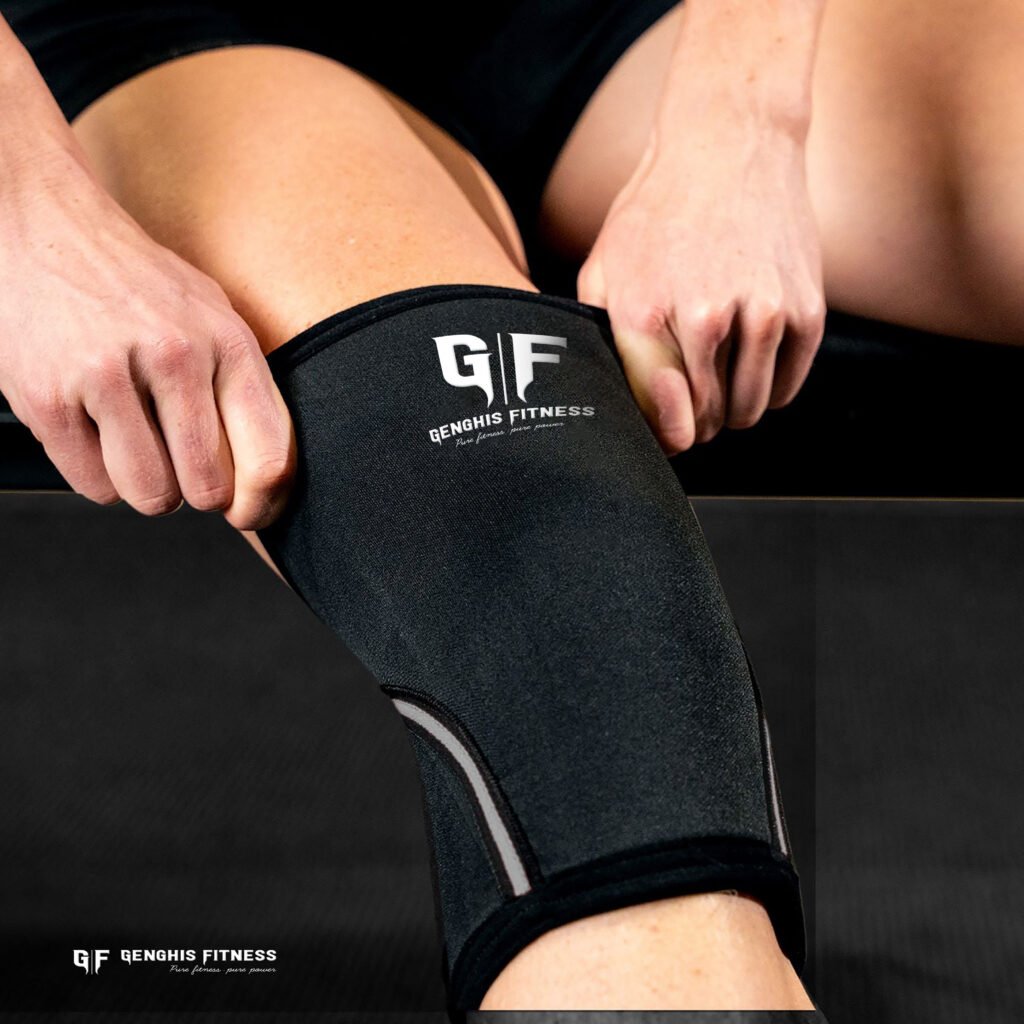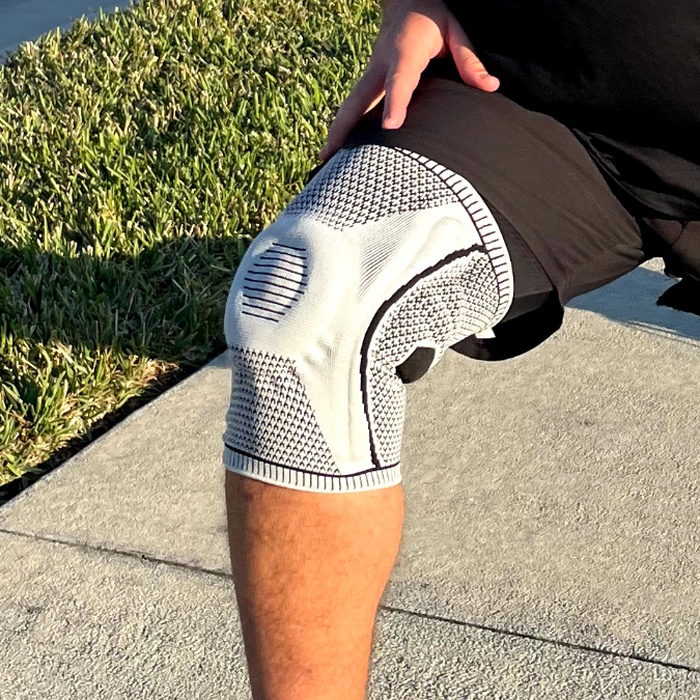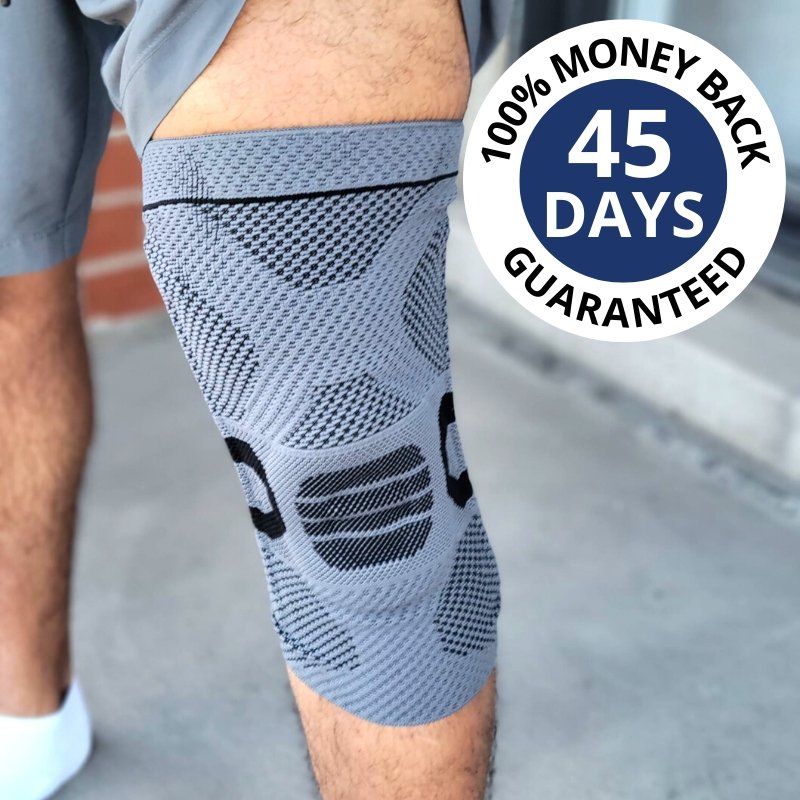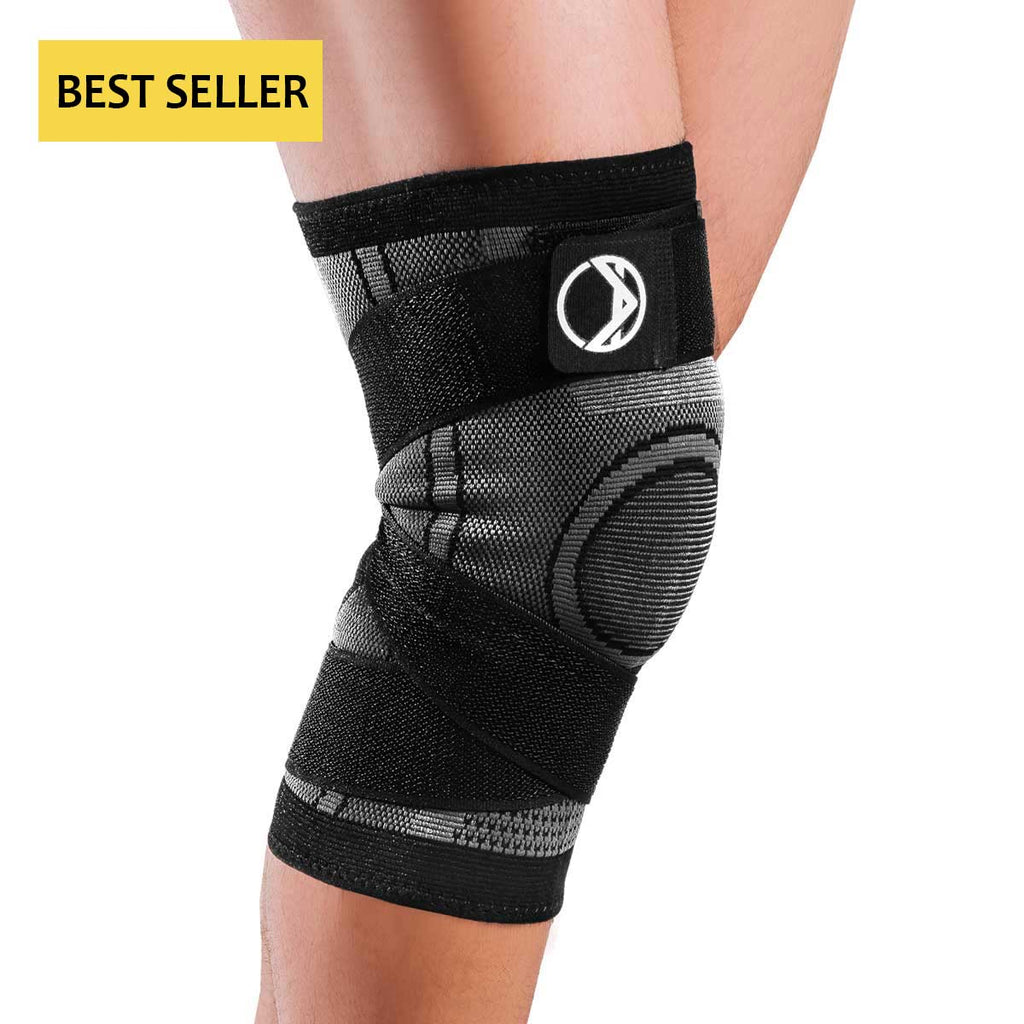What Are Knee Sleeves Used For
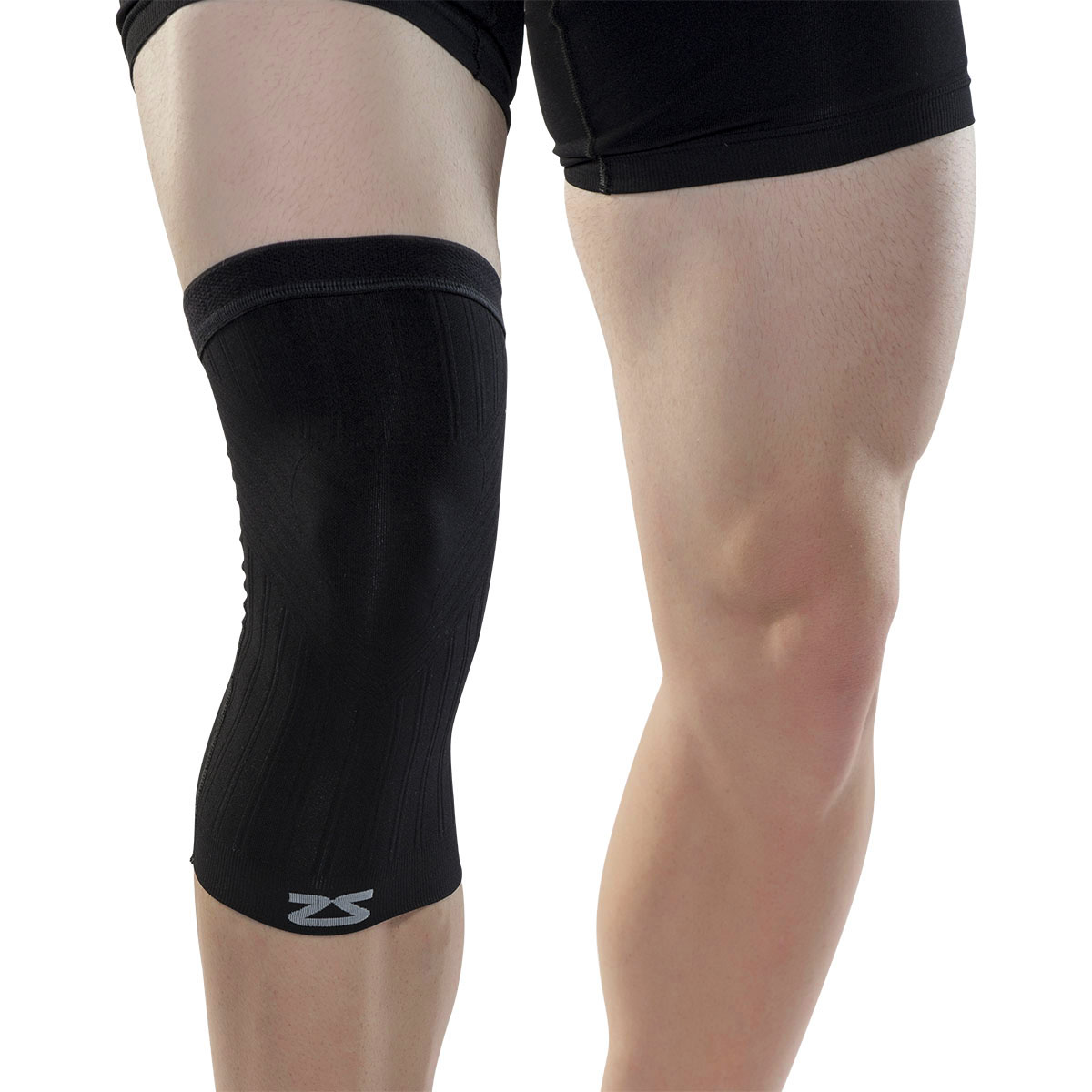
In gyms and competitive arenas worldwide, a seemingly simple accessory is gaining traction: the knee sleeve. But beyond a fashion statement, these neoprene tubes have sparked debate and curiosity regarding their true purpose and effectiveness. Are they just another fitness fad, or a legitimate tool for enhancing performance and preventing injury?
This article delves into the world of knee sleeves, separating fact from fiction. We'll explore the science behind their design, the various uses they serve, and the potential benefits and drawbacks they offer to athletes and fitness enthusiasts of all levels.
Understanding the Basics
At their core, knee sleeves are compressive garments worn around the knee joint. Typically made from neoprene, a synthetic rubber, they range in thickness, with 5mm and 7mm being the most common options.
The primary function of a knee sleeve is to provide support and compression to the knee. This seemingly simple function has a cascade of potential effects, impacting everything from proprioception to blood flow.
The Nut Graf: Unpacking the Key Uses
Knee sleeves are primarily used to improve performance, increase the feeling of stability, and to reduce pain and swelling. The benefits of knee sleeves, supported by a combination of anecdotal evidence and some research, can be significant, but they are not without limitations. Understanding these use cases is crucial for determining if knee sleeves are right for you.
Performance Enhancement: A Spring in Your Step?
One of the main reasons athletes use knee sleeves is to potentially enhance performance, particularly in exercises like squats and Olympic lifts. The compression provided by the sleeve is thought to increase blood flow to the knee joint. This increased blood flow can result in improved muscle function and power output.
Furthermore, the elastic nature of neoprene allows the sleeve to store energy during the eccentric (lowering) phase of a squat. This stored energy can then be released during the concentric (lifting) phase, providing a slight "spring-like" effect. However, it is important to note that the actual magnitude of this effect is debated. Some studies suggest a minimal improvement, while others find no statistically significant difference.
Stability and Proprioception: Feeling Secure
Knee sleeves can significantly enhance proprioception, the body's awareness of its position in space. This is especially important during complex movements like squats or lunges.
The compression provides feedback to the brain, improving coordination and stability. This improved proprioception can help reduce the risk of injury by allowing the athlete to react more quickly to unexpected imbalances or instability.
Pain and Swelling Reduction: Comfort and Recovery
Knee sleeves are often used to manage pain and swelling associated with conditions like arthritis or minor knee injuries. The compression helps to reduce swelling by promoting lymphatic drainage. Additionally, the warmth generated by the neoprene can soothe sore muscles and joints.
For athletes recovering from injuries, knee sleeves can provide extra support and stability, allowing them to return to training more quickly and safely. However, it is crucial to consult with a medical professional to determine if knee sleeves are appropriate for specific injuries.
The Perspective of Professionals: Expert Opinions
According to Dr. Emily Carter, a sports medicine physician at the University of California, San Francisco, "Knee sleeves can be a valuable tool for athletes, but they are not a substitute for proper training and rehabilitation. It is important to choose the right sleeve for your specific needs and to use it correctly."
Powerlifting coach, Mark Rippetoe, often recommends the use of knee sleeves, particularly during heavy squats. He states that, "They help maintain warmth in the knee joint and provide a sense of stability, allowing lifters to focus on proper form."
Potential Drawbacks and Considerations
While knee sleeves offer several potential benefits, it's crucial to acknowledge the potential drawbacks. Over-reliance on knee sleeves can lead to muscle imbalances if they are used as a crutch to compensate for weak muscles. Therefore, it's important to prioritize strengthening the muscles around the knee joint through targeted exercises.
Additionally, some individuals may experience skin irritation or discomfort from wearing neoprene for extended periods. Proper hygiene and choosing a sleeve with a comfortable fit can help mitigate these issues.
Choosing the Right Knee Sleeve
Selecting the right knee sleeve depends on several factors, including the intended use, the level of support needed, and personal preference. Thicker sleeves (7mm) generally provide more support and compression, making them suitable for heavy lifting. Thinner sleeves (5mm) offer more flexibility and are often preferred for agility-based activities.
It's also important to consider the fit of the sleeve. It should be snug but not overly tight, allowing for a full range of motion without restricting circulation. Consulting with a physical therapist or athletic trainer can help determine the most appropriate knee sleeve for individual needs.
The Future of Knee Sleeves
The technology behind knee sleeves continues to evolve. Manufacturers are exploring new materials and designs to enhance performance, comfort, and durability. We may see future sleeves with integrated sensors that provide real-time feedback on knee joint biomechanics, further optimizing training and injury prevention.
Research continues to delve deeper into the specific mechanisms by which knee sleeves affect performance and injury risk. This ongoing research will provide a more evidence-based understanding of their benefits and limitations, leading to more informed recommendations for their use.
Conclusion
Knee sleeves are not a magical solution for enhancing performance or preventing injury, but they can be a valuable tool when used appropriately. By understanding their potential benefits and limitations, athletes and fitness enthusiasts can make informed decisions about whether or not to incorporate them into their training regimen.
Ultimately, the best approach is to prioritize proper training, listen to your body, and seek guidance from qualified professionals. Knee sleeves should be viewed as a supplement to, not a replacement for, these essential elements of athletic performance and injury prevention. They are best used as a supportive aid to training and recovery.
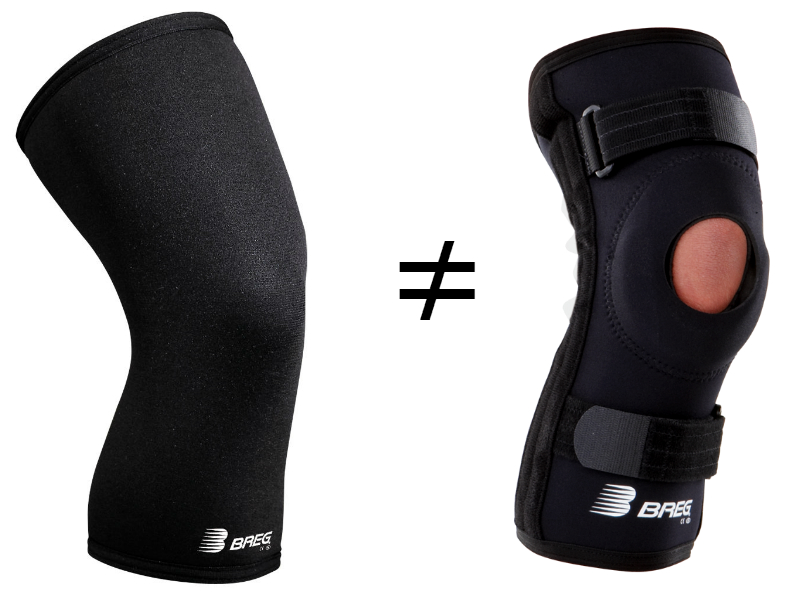


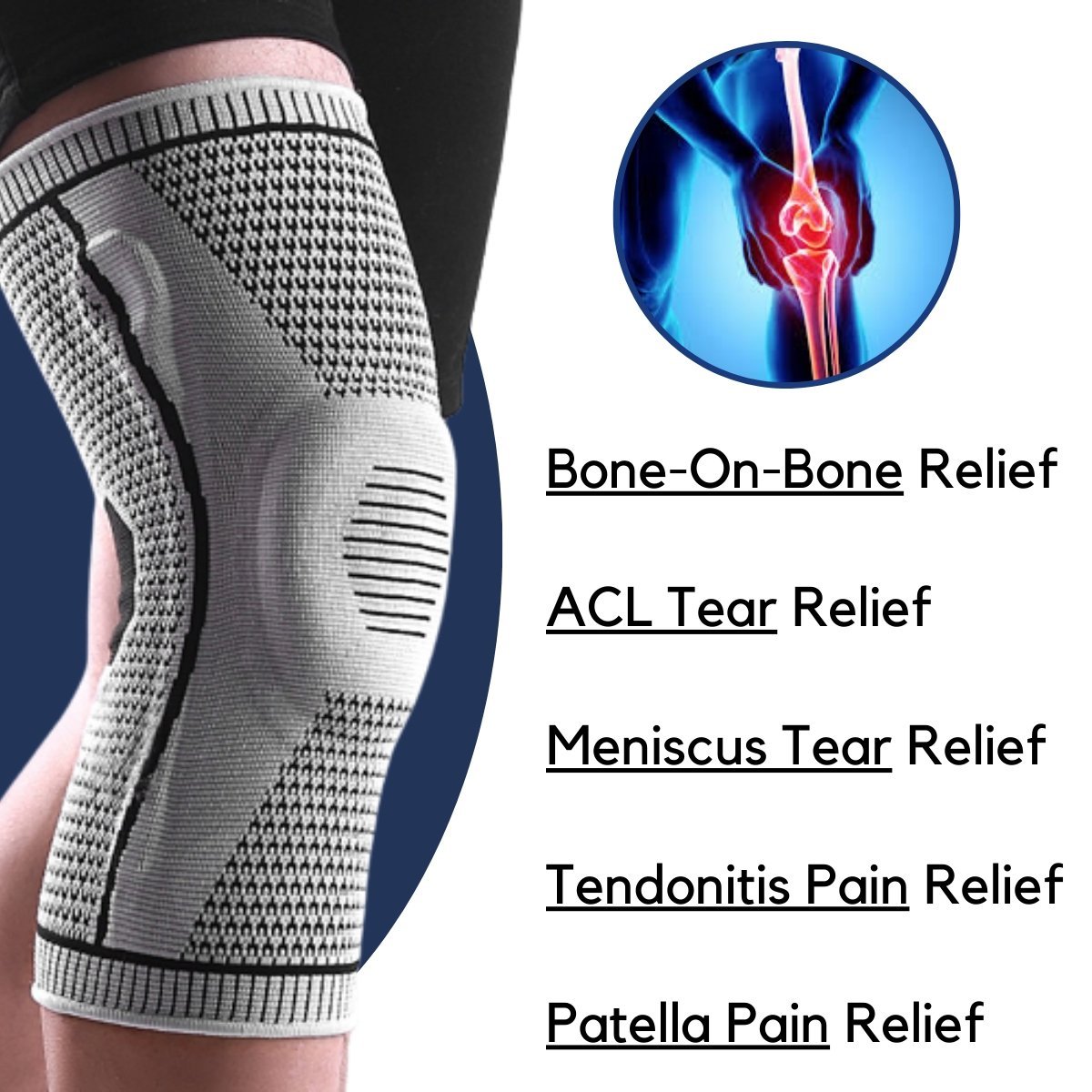

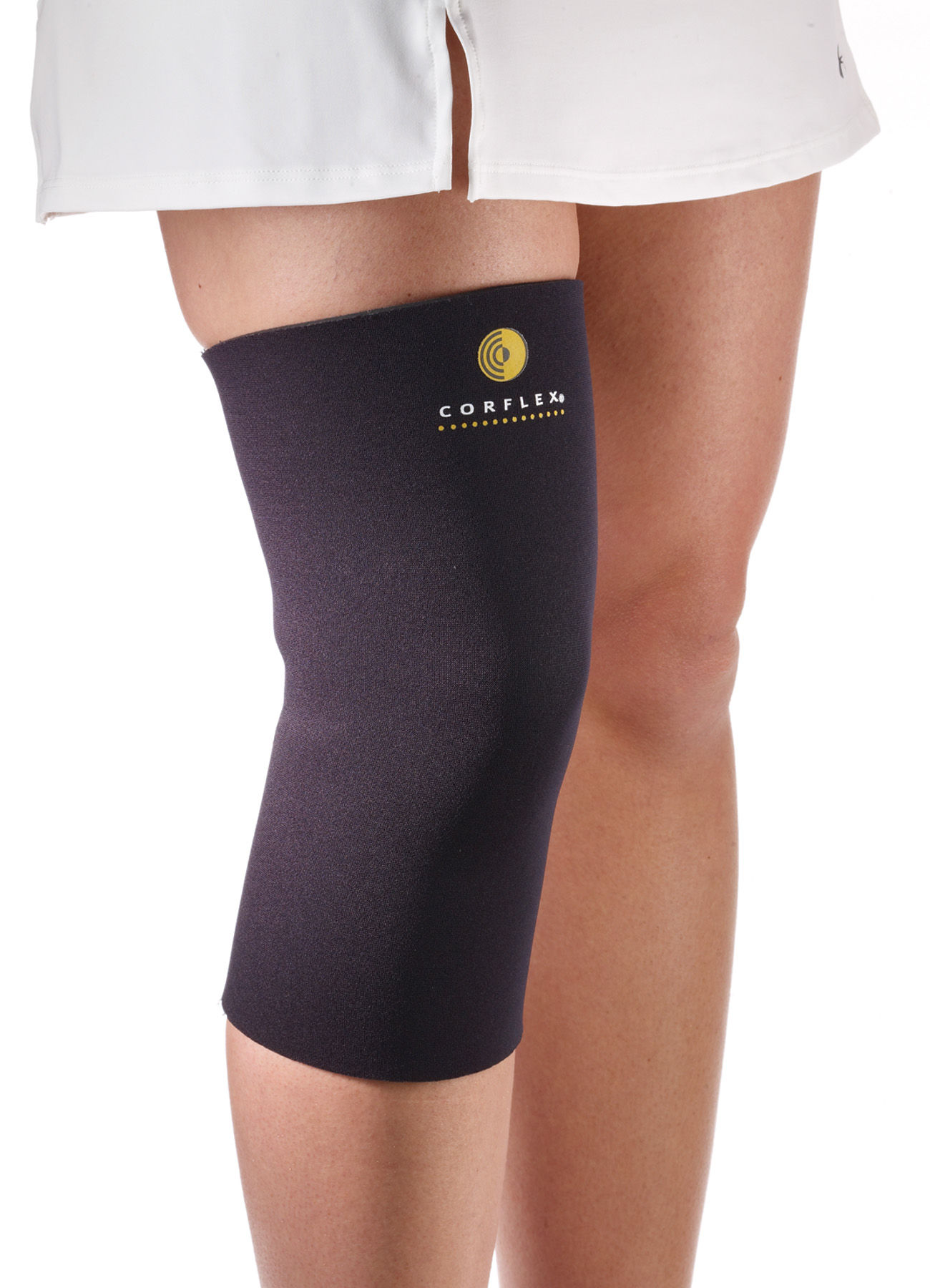
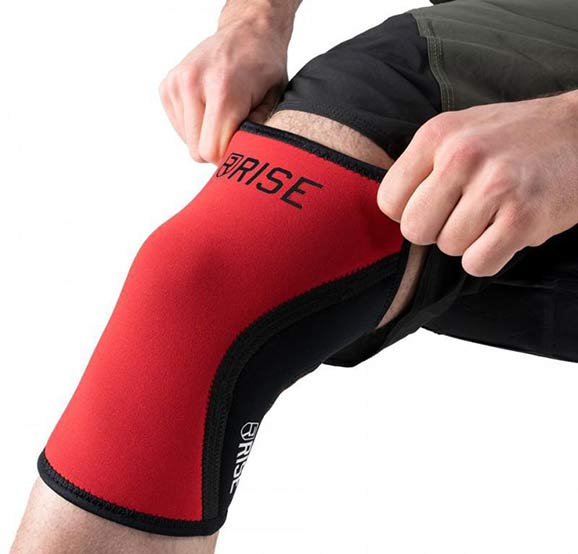
:max_bytes(150000):strip_icc()/91LP9oyotkL._SL1500_-5a6a4524642dca003647576e.jpg)


